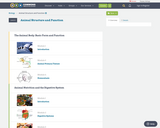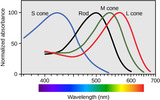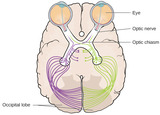How can you draw something if you don’t know what that something looks like? If I were to say “draw a duck from the side, swimming in water, and make it as realistic as possible”, what would it end up looking like? When was the last time you saw a duck? Would thinking of that help? Would the head be the right size in relation to the body? What about the size of the bill, the eyes, and the tail feathers? If I flashed an image of a duck for you to see for a few seconds, would you be able to draw a better representation? Would it be even better if you could be looking at an image of a duck the whole time you were drawing? I am guessing the duck you drew while being able to observe it continuously would turn out the best.
Now, what would happen if you did the same task of drawing a duck, however, you never picked up a pencil and a pencil was never available to you? What if you never drew or wrote anything? How would you hold the pencil and how hard do you push on the paper with it? How long would it take to develop the finite dexterity in your hand in order to draw? Would you need practice drawing various lines even before attempting to draw the duck?
Let’s say I gave you the same task of drawing a duck, however, this time you have a better understanding of what a duck actually looks like. You know how to properly take into account all the visual clues associated with drawing a duck. You know how negative space can help you see not just the duck, but also the area around the duck. You are able to measure the duck image and your drawing with multiple methods for more accuracy. These are all some of the methods typically used by artists to help them “see” the subject when they are in the process of drawing. When you “see” an object as an artist, it makes the process of drawing much easier.
The process of seeing is only one aspect in creating a representation of what you are viewing. Laying down drawing media onto your paper correctly will take some practice. A good analogy of this would be someone who knows all the notes and chords of how to play the guitar, but has never picked one up to play. Once we learn how to “see” our object, we then need to put it into practice by drawing, knowing how to apply the material.
After you have a good grasp of “seeing” the duck and applying material to paper, the second part of “seeing” comes into play, which is comparing. You now have the real duck and you have your drawing of the duck. These may differ. At this point, seeing the subject will aid in comparing the two and how they may differ. If you can see the difference between the two, you are on your way to capturing a truer representation of that duck.







